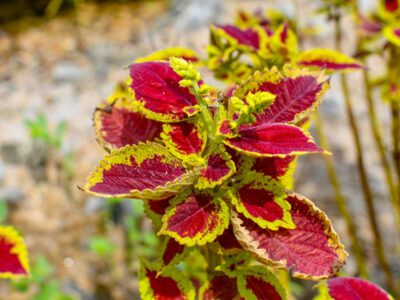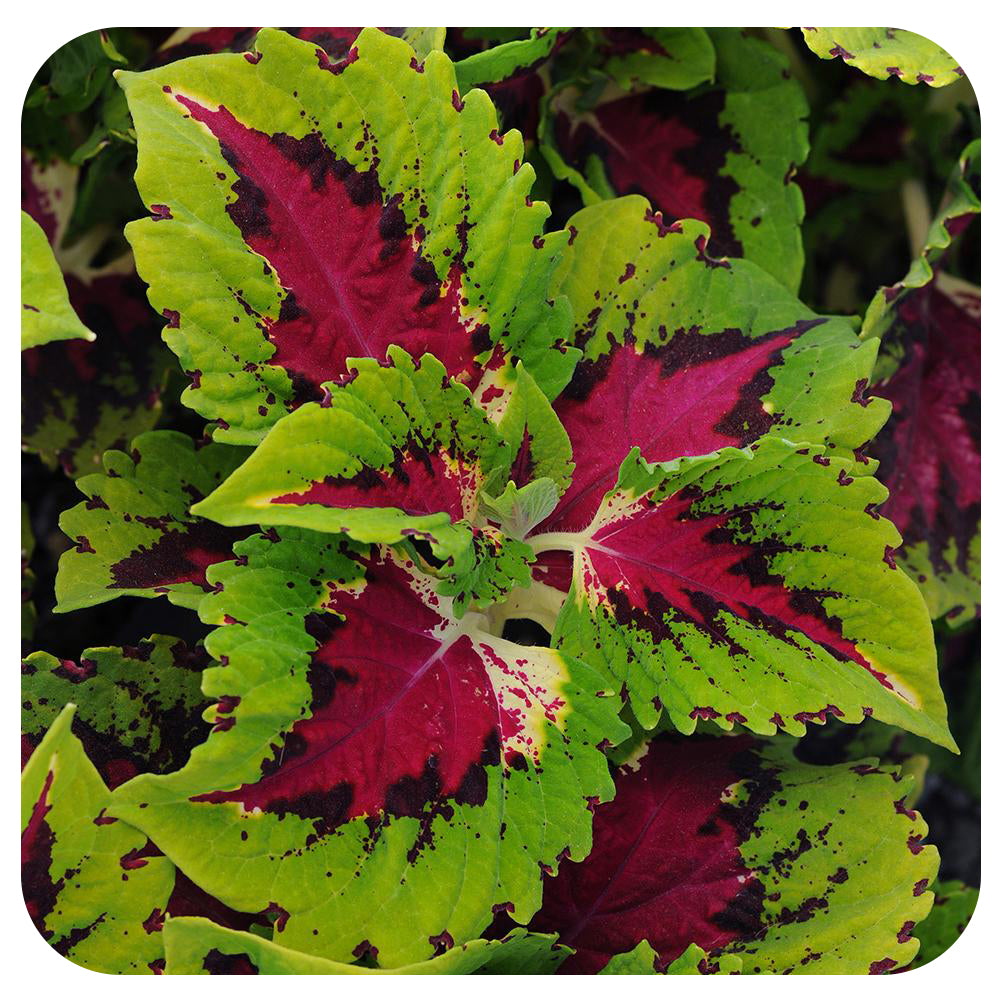Your garden will be covered in stunning, vividly colored leaves from coleus plants in a variety of patterns and arrangements. Additionally, they are the simplest to grow from stem cuttings taken from a strong mother plant. Let’s now discuss whether it is an annual or perennial plant.
In warmer climates or those regions that fall under the USDA hardiness zones 10 and above, coleus is a perennial plant that is grown on the ground for a number of years. Furthermore, not even the smallest amount of frost can kill these vibrant, delicate tropical plants. When the first frost of October kills them, they are mistaken for annuals.
Table of Contents
How long do coleus plants live?
Coleus plants may survive and thrive for a number of years in the tropical region where they were first discovered. The best suggestion from a gardener is to pinch lavender flowers as they bloom during the growing season in order to concentrate the plant’s energy into producing more vividly colored leaves rather than seeds.
This is because flowering marks the culmination of the plant’s life cycle. Plants usually pass away after producing blooms that contain seeds. Naturally, if you want to keep enjoying your coleus plants, you don’t want any of those to occur.
The first frost of autumn will kill them whether they are planted in garden beds or outside, but, if you grow them in a region with a cooler climate that experiences winter.
Given that they are perennials and susceptible to frost, there is still a way to appreciate them year after year, even in the winter. Learn how to overwinter your favorite coleus plants by reading on.
Can you keep coleus over winter?

The detailed instructions for growing coleus from stem cuttings and taking good care of it throughout the colder months are provided in the section after this one.
How do you keep coleus plants over winter?
As previously indicated, coleus can be kept inside in pots all winter long. When given the proper attention, they thrive in potted environments. Furthermore, you have the option of overwintering them in a greenhouse, your home, or a garage.
If your coleus was originally planted in a container, remove all the insects and pests from it before bringing the entire plant indoors. Two weeks prior to the first date of frost following autumn is the ideal time to bring your plants indoors to overwinter them.
You could take the following actions to keep your coleus indoors if you grow it on the ground:
- Make sure to clean and sterilize your gardening shears with isopropyl alcohol or wipes. Unsanitized gardening equipment might introduce bacteria into your plant, killing stem cuttings.
- Pinch 2 inch (5 cm) short cuttings from a robust mother plant. Before it becomes cold outside and the frost harms the plant, now is a great time to collect your stem cuttings. The cuttings from the mother plant may not take root if it has been harmed.
- In moist potting soil, plant the stem cuttings. Until the new plant becomes established, the soil needs to be maintained warm and moist. As the leaves become used to their new habitat indoors, they could droop or appear wilted. That is typical. They typically need a week to recuperate.
- Keep the temperature warm so that your coleus plants will thrive. There shouldn’t be a drop below 50F. Additionally, coleus prefers temperatures between 60 and 75 F.
- Keep them where it is brightest or sunniest. If additional light is required, use grow lights. When coleus plants don’t receive enough sunlight, their vibrant hues fade. When they don’t receive the proper light they require, they deteriorate and appear lifeless.
Does Coleus like sun or shade?
Coleus enjoys and accepts exposure to full sunshine. My own collection of coleus plants includes 30 distinct, vividly colored species. It’s general knowledge that while basking in the sunlight, their brightest and shiniest hues emerge.
Contrary to what most people believe, I am writing this based on my personal experience raising coleus plants. Even if my coleus plants are exposed to temperatures as high as 104 degrees Fahrenheit, they thrive.
Even if they thrive in the shade, you wouldn’t be able to see the variety of their unique colors and patterns. As time passes, they will instead appear lifeless and uninteresting.
Additionally, they require adequate watering in order to survive the hottest part of the day because they are thirsty plants, especially on hot, sunny days. The secret to preparing plants for full sun is to keep their soil hydrated.
Why are the Leaves on my Coleus plant scorching?

Its leaves lose moisture, which causes them to dry out and scorch. The edges or tips of the leaves dry out or turn brown as the first symptom of scorching. This area of the leaf is the furthest from the roots and the area that experiences dehydration first.
Another possible explanation for this is that your coleus plant was accustomed to a shaded environment before you abruptly moved it outside into the scorching sun. They dislike dry environments.
By giving your coleus plant enough water during the summer, both situations can be resolved. This holds true even if you subject them to prolonged sun exposure.
In conclusion, coleus plants are perennials that, given the right conditions, can flourish for a number of years. You can take advantage of their stunning foliage all year long. They can also be kept indoors to survive the winter, which makes this possible.
